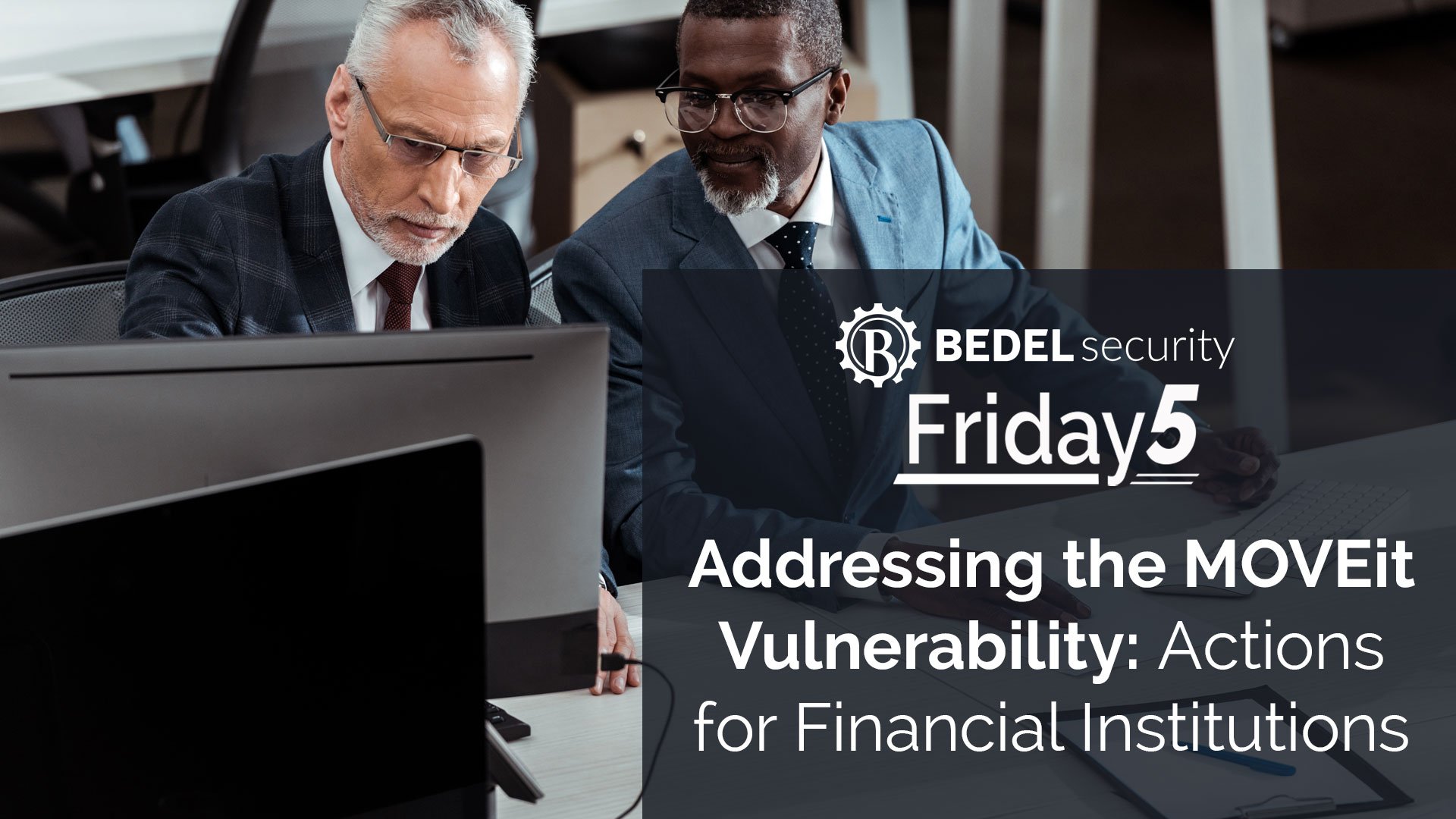Addressing the MOVEit Vulnerability: Actions for Financial Institutions
Financial institutions rely on numerous third-party providers to support their operations and deliver essential services. However, these partnerships...


If you are a board member of a bank or credit union, how do you know that the cybersecurity program of the organization is being managed effectively? I often try to put myself into the shoes of a board member, asking myself what elements would be most important to me in the current environment. The list has changed over time as the landscape has changed. As I was reviewing the board report of another CISO recently, it occurred to me it was time to revisit my list. So here is my current list of the top 5 items for board members to consider when assessing cybersecurity in their institution:
Bedel Security helps boards of financial institutions across the country sleep soundly at night, knowing that their institutions are doing all that they can to protect customer data and transactions. If you are a board member and do not have this confidence, Bedel Security can help! Reach out any time to support@bedelsecurity.com.

Financial institutions rely on numerous third-party providers to support their operations and deliver essential services. However, these partnerships...

It’s common practice for financial institutions to outsource some or all of their Information Technology (IT) functions to a Managed Service Provider...

Let's use our imaginations for a few minutes.